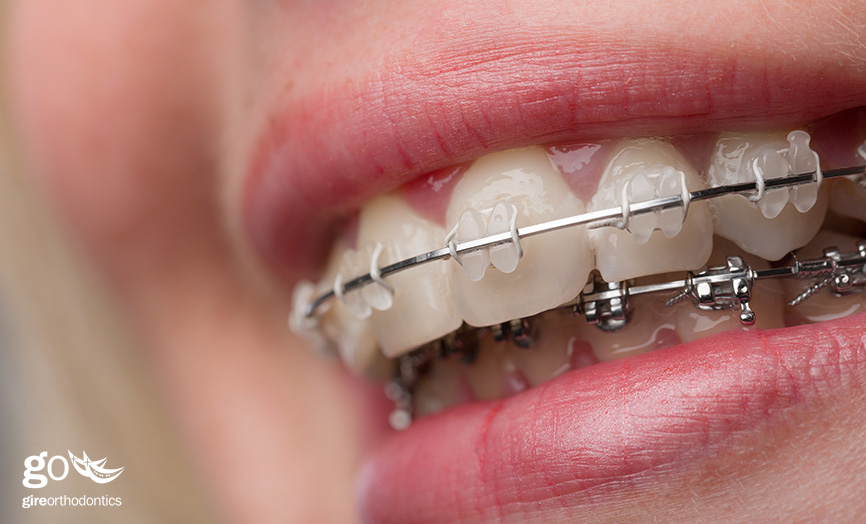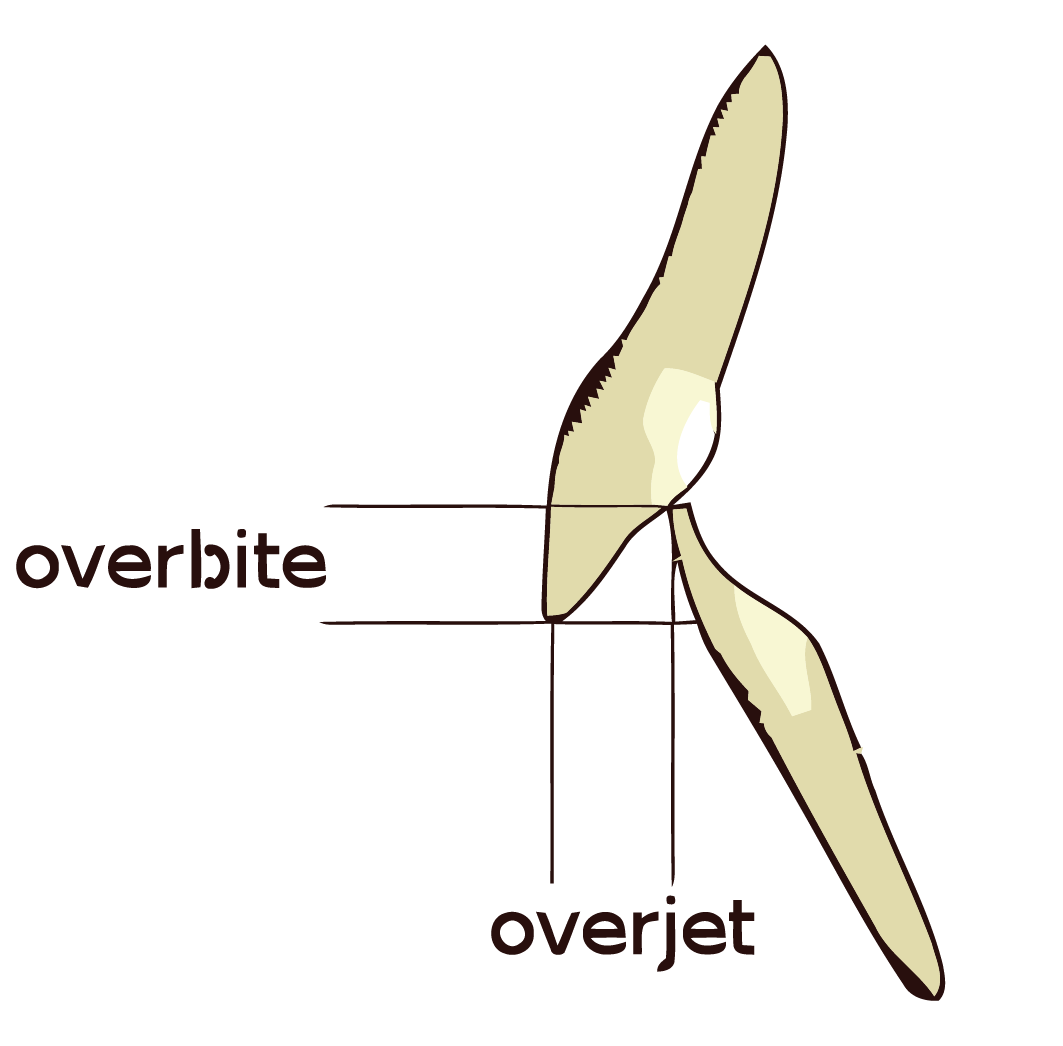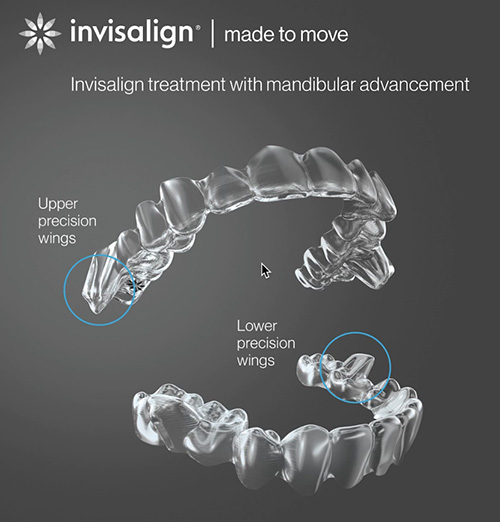
 La Habra/Chino Hills, CA – The term overjet is defined as the extent of horizontal (anterior-posterior or front to back) overlay of the upper front teeth over the lower front teeth, or basically how much the upper front teeth stick out. Most people confuse with the term overbite (which is how deep the bite is or how much the upper front teeth cover the lower front teeth when biting down). Overjets occur in 30-45% of the orthodontic patient population. This malocclusion has a negative impact on a person’t bite, but can also make patients more self-conscious about their appearance. Mandibular advancement is a procedure that is used to advance the jaw, resulting in an improved profile and a better bite.
La Habra/Chino Hills, CA – The term overjet is defined as the extent of horizontal (anterior-posterior or front to back) overlay of the upper front teeth over the lower front teeth, or basically how much the upper front teeth stick out. Most people confuse with the term overbite (which is how deep the bite is or how much the upper front teeth cover the lower front teeth when biting down). Overjets occur in 30-45% of the orthodontic patient population. This malocclusion has a negative impact on a person’t bite, but can also make patients more self-conscious about their appearance. Mandibular advancement is a procedure that is used to advance the jaw, resulting in an improved profile and a better bite.
“Excess overjet is termed a Class II malocclusion, which means we are going to bring the lower jaw and teeth forward or bring the upper jaw and teeth back while also working to align the teeth,” says Dr. Robert Gire of Gire Orthodontics. “Orthodontic treatment is about creating beautifully aligned teeth, but also about creating a harmonious bite. If we work to straighten a patient’s teeth without focusing on jaw alignment, we may be doing more harm than good.”
The most common way to guide the growth of the jaw in a growing individual is through dentofacial orthopedics. There are many appliances in orthodontics called “functional appliances” that help direct the jaw growth as we need to. A few things need to be remembered when we talk about this type of treatment:
- The individual needs to be growing (usually adoloscents or pre-teens are the age group for this treatment).
- We can’t grow bones. Everyone is genetically programmed to grow a certain way and orthodontics is just a way to help facilitate overall correction.
- Adults will likely require surgery for large, noticeable changes.
Invisalign Precision Wings
Coming to the United States soon (it’s currently available in other countries), Invisalign (clear plastic aligners) will offer a product that helps with bringing the lower jaw forward, without the need for elastics.

Introduced last year in various parts of the world, this offers the first clear aligner solution for Class II correction, resulting in moving (posturing) the lower jaw forward while simultaneously aligning the teeth. This constant posturing will have some alveolar bone remodeling that will allow for some correction. This may mean shorter treatment times for patients because previously, orthodontists would correct the jaw position first, then move the teeth at a later phase of treatment. If both can be accomplished at the same time, patients may be able to realize shorter treatment times.
“The great thing about this is that this offers a very patient-friendly way to achieve great results,” says Dr. Gire. “This technology is making a difference in other parts of the world and we’re looking forward to offering this type of treatment at Gire Orthodontics soon.”
If you have any questions about overjet or how your bite is coming together, call Gire Orthodontics today at 562-690-1199 (La Habra) or 909-393-9911 (Chino Hills).
Overjet vs. overbite image courtesy of wikipedia.org and Invisalign Precision Wings courtesy of invisalign.com

